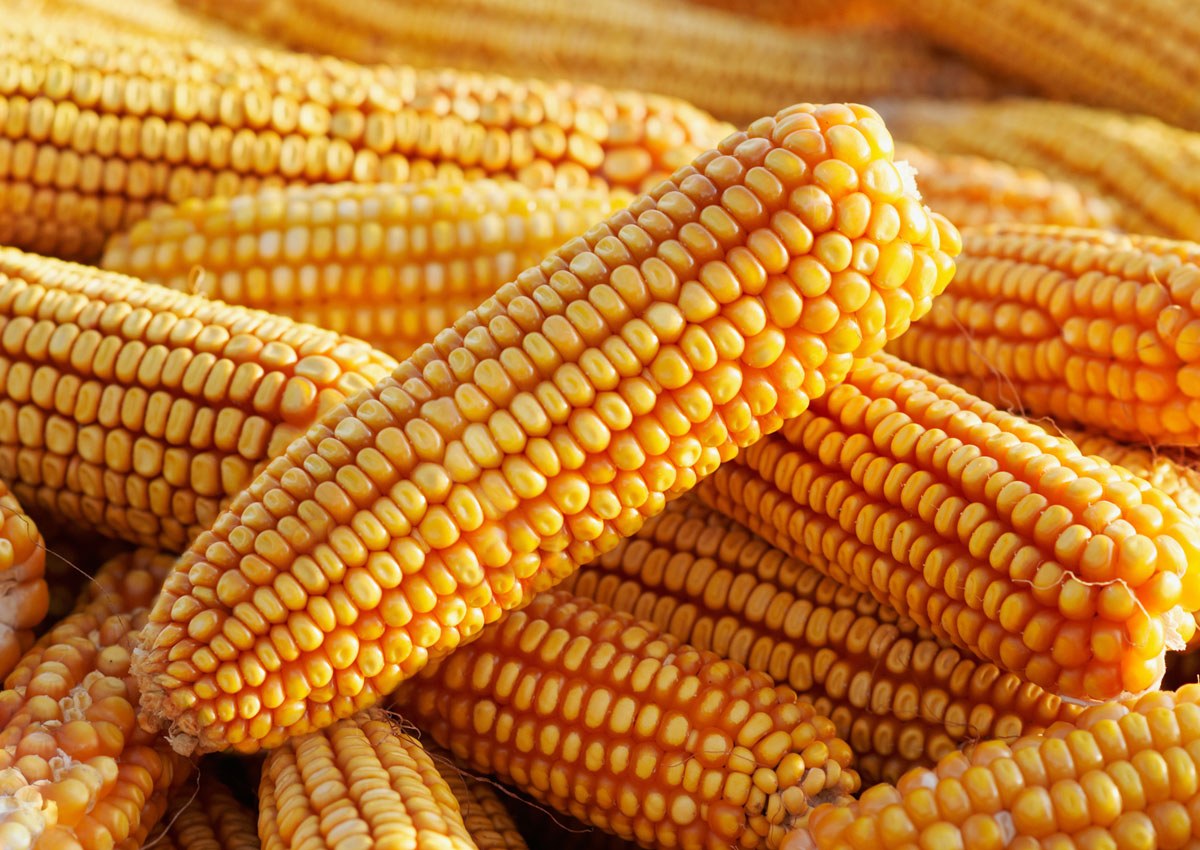
Genome Reveals Corn's Secret History
August 11, 2021| |
Scientists at Cold Spring Harbor Laboratory (CSHL) have assembled the genomes of more than two dozen of corn strains, revealing new genetic insights valuable for optimizing the crop for changing climates.
In the 1940s, Nobel Prize-winning CSHL geneticist Barbara McClintock discovered "jumping genes" in corn and how the plant uses them for adaptability, shuffling the genetic deck over generations. Now, CSHL scientists are still expanding on McClintock's work. Doreen Ware, a CSHL adjunct professor and research scientist at the US Department of Agriculture (USDA), and her colleagues have published the genome sequences of 26 corn stains in the journal Science, describing a large portion of the genetic diversity found in modern corn plants, including transposons and genes that regulate desired crop traits.
Dr. Doreen Ware and her colleagues CSHL Professor & HHMI Investigator Rob Martienssen and CSHL Professor W. Richard McCombie mapped the first corn genome in 2009. They have been filling in gaps ever since. With recent techniques, the research team charted difficult stretches of the genome, allowing researchers to locate and study both important crop genes and the nearby regions that regulate their use. Ware says that the new collection reveals how the corn genome was shuffled over time: "These genomes provide us a footprint of that life history. Different strains have experienced different environments. For example, some came from tropical environments, others experienced particular diseases, and all those selective pressures leave a footprint of that history."
For more details, read the paper in Science or the article in CSHL Newsstand.
| |
You might also like:
- German Researchers Decode European Maize Genome
- Scientists Map Maize Genome
- Biotech Crop Annual Update: Maize
Biotech Updates is a weekly newsletter of ISAAA, a not-for-profit organization. It is distributed for free to over 22,000 subscribers worldwide to inform them about the key developments in biosciences, especially in biotechnology. Your support will help us in our mission to feed the world with knowledge. You can help by donating as little as $10.
-
See more articles:
-
News from Around the World
- IPCC Report: Climate Change Widespread, Rapid, and Intensifying
- Plant Biotech Needs Better Politics to Counter Critics, Encourage Innovation, Build Trust
- Study: GM Plant with Fish Genes to Monitor Harmful Chemicals in Rivers
- HudsonAlpha Develops Computational Tool to Improve Plant Breeding
- Genome Reveals Corn's Secret History
- Asian Countries Shape Up for COPMOP 10
- Research Finds that Plants Grow More to Deal with Heat
-
Plant
- Simple Heat Treatment Boosts CRISPR Efficiency in Arabidopsis
- Researchers Develop Guide RNA Design for CRISPR Applications in Cereals
- Filipino Policymakers, Lawyers Tackle Genome Editing
-
Health
- NIAID Warns about a More Dangerous COVID-19 Variant
- MIT and Harvard University Engineers Design Tabletop Device that Detects SARS-CoV-2 from Saliva in One Hour
-
Read the latest: - Biotech Updates (December 17, 2025)
- Gene Editing Supplement (December 17, 2025)
- Gene Drive Supplement (February 22, 2023)
-
Subscribe to BU: - Share
- Tweet

